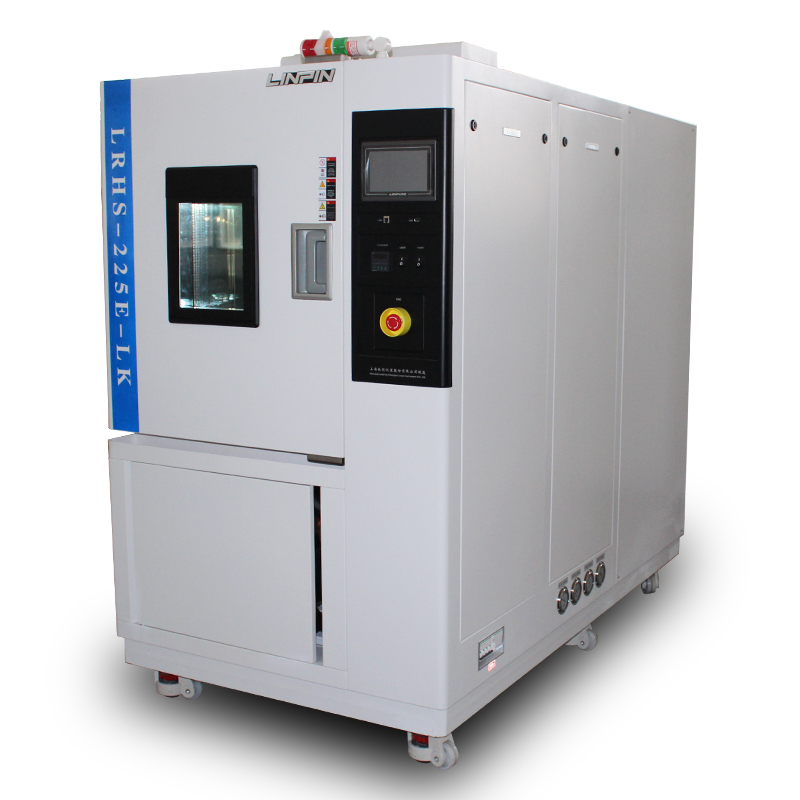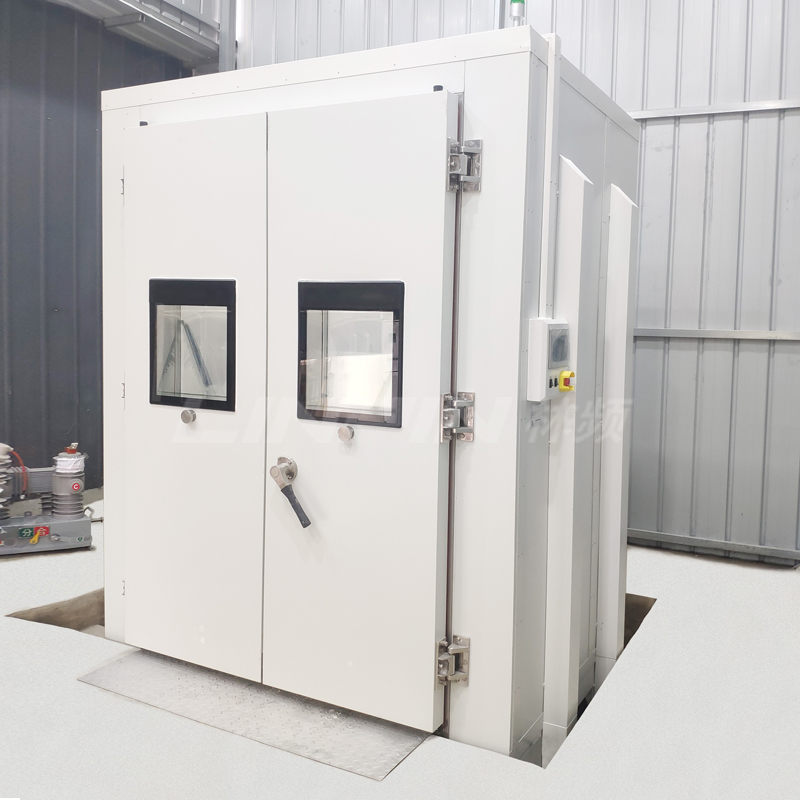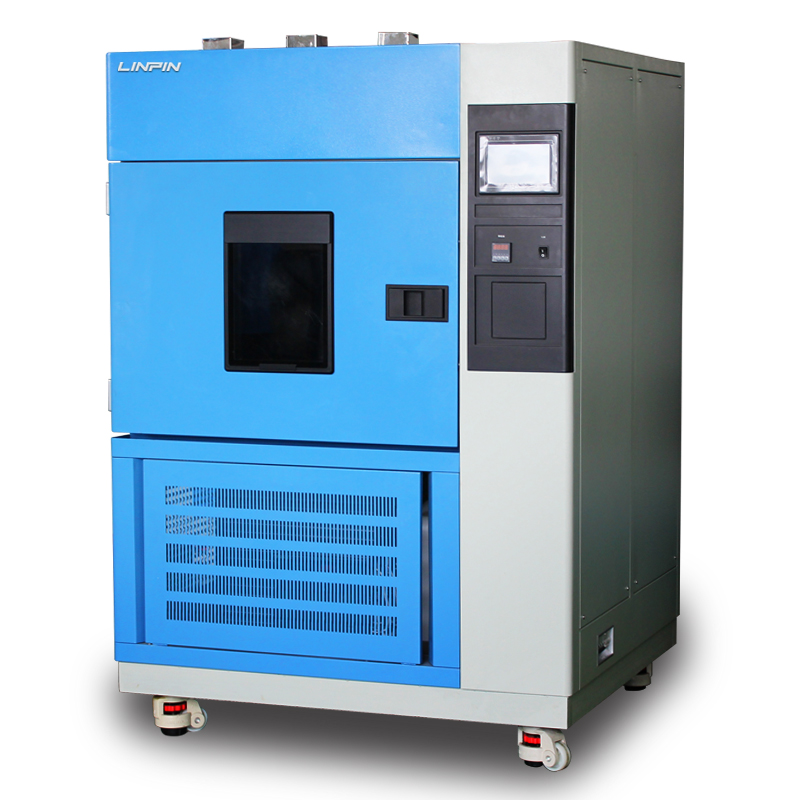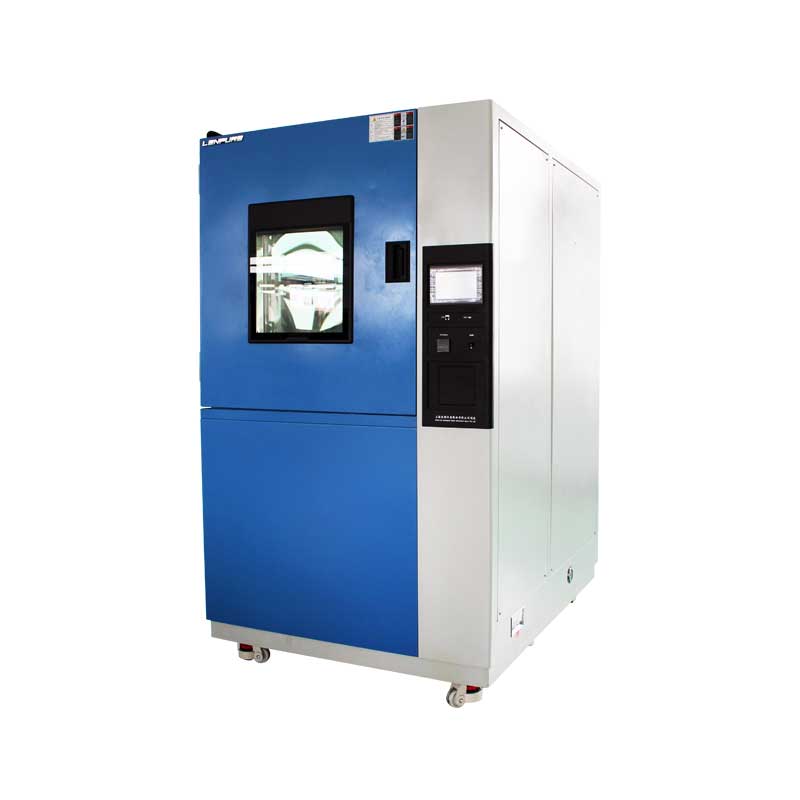Rapid Temperature Change Test Chamber: Safeguarding Aerospace Materials
Author:LINPIN Update Time:2025-08-06 Source:LINPINIn the aerospace industry, the performance and reliability of materials directly impact the safety and stability of aircraft. As an advanced environmental simulation device, the rapid temperature change test chamber provides robust assurance for the safety of aerospace materials.
1. The Critical Role of Rapid Temperature Change Test Chambers
Aerospace materials are subjected to extreme temperature fluctuations during use, such as high-altitude cold, intense heat from direct sunlight, and rapid thermal shifts during atmospheric re-entry. The rapid temperature change test chamber simulates these harsh conditions, helping researchers evaluate material performance under rapid thermal cycling. By replicating high temperatures, low temperatures, and sudden temperature variations, the chamber can measure key parameters such as thermal expansion coefficient, thermal conductivity, and mechanical properties, ensuring material reliability and durability in real-world applications.
2. How Rapid Temperature Change Test Chambers Work
The core of the rapid temperature change test chamber lies in its high-efficiency temperature control system. It combines refrigeration and heating systems to achieve rapid temperature transitions. The refrigeration system typically uses compressor-based cooling, where refrigerant circulates between evaporators and condensers to lower the chamber's temperature. The heating system employs electric heating elements to precisely regulate temperature changes according to preset curves. Additionally, an air circulation system ensures uniform temperature distribution inside the chamber, further enhancing testing accuracy.

3. Applications in the Aerospace Industry
Rapid temperature change test chambers play an indispensable role in aerospace material testing. For example, they are used to assess the thermal expansion properties of spacecraft shell materials, ensuring they do not fail under extreme thermal stress. The chambers also evaluate the stability of aircraft engine components under rapid temperature shifts, aiding in material design optimization and lifespan extension. Through these tests, aerospace materials undergo comprehensive validation, laying a solid foundation for flight safety.
4. Technological Breakthroughs
In recent years, rapid temperature change test chambers have undergone significant advancements, with notable improvements in temperature control precision and transition speed. The latest-generation chambers incorporate advanced sensors and control systems, enabling higher accuracy and faster heating/cooling rates. This allows the chambers to more realistically simulate real-world rapid temperature fluctuations, enhancing testing efficiency and result reliability.
5. Future Prospects
As aerospace technology continues to evolve, the demands on material performance grow increasingly stringent. Rapid temperature change test chambers will remain vital in material testing, supporting the development and application of new materials. Through continuous optimization and upgrades, these chambers will better meet the rigorous requirements of the aerospace industry, providing even stronger safeguards for aircraft safety and reliability.
The rapid temperature change test chamber is a critical device for aerospace material testing, simulating extreme temperature variations to ensure material safety and reliability. Its ongoing technological advancements further bolster the progress of the aerospace industry.





